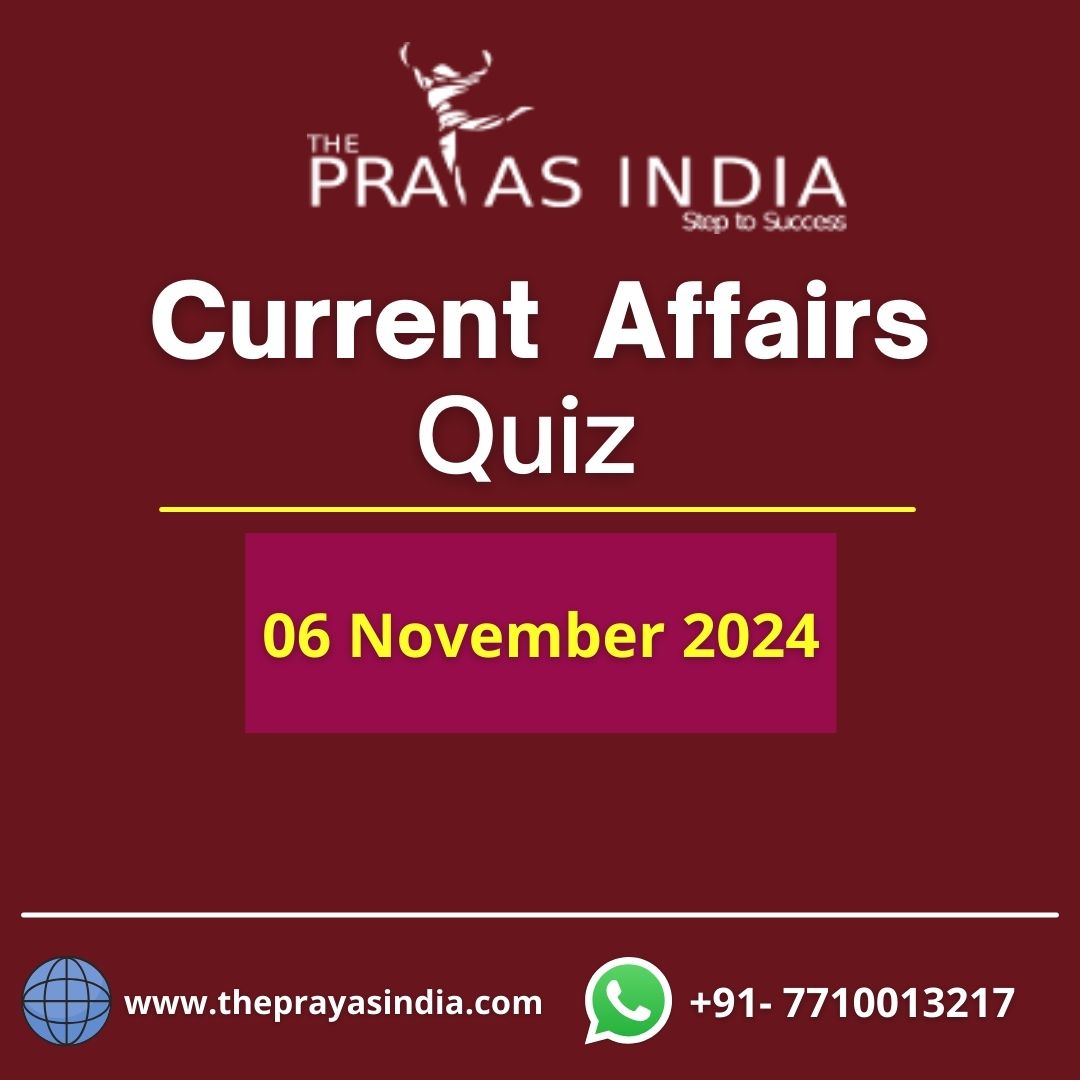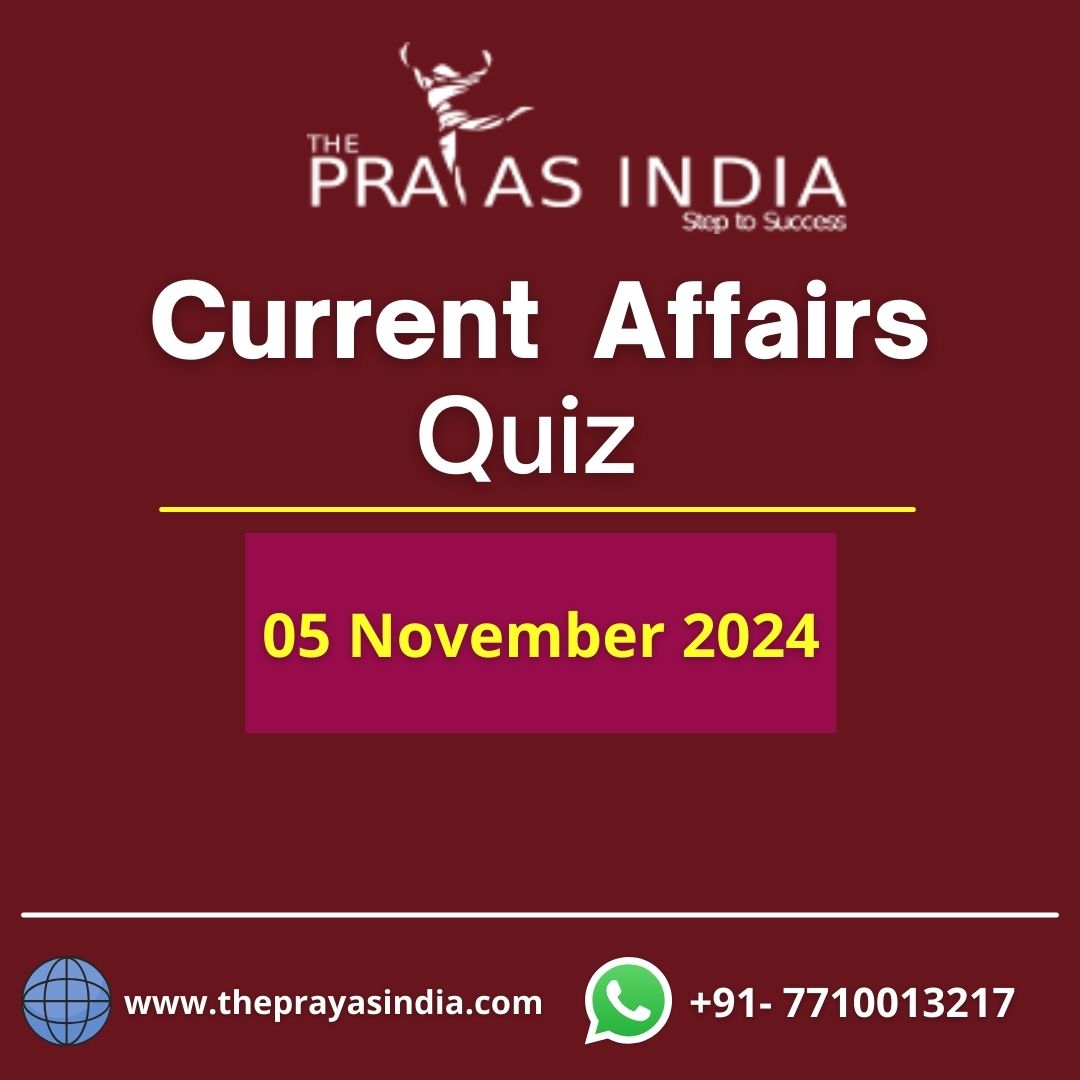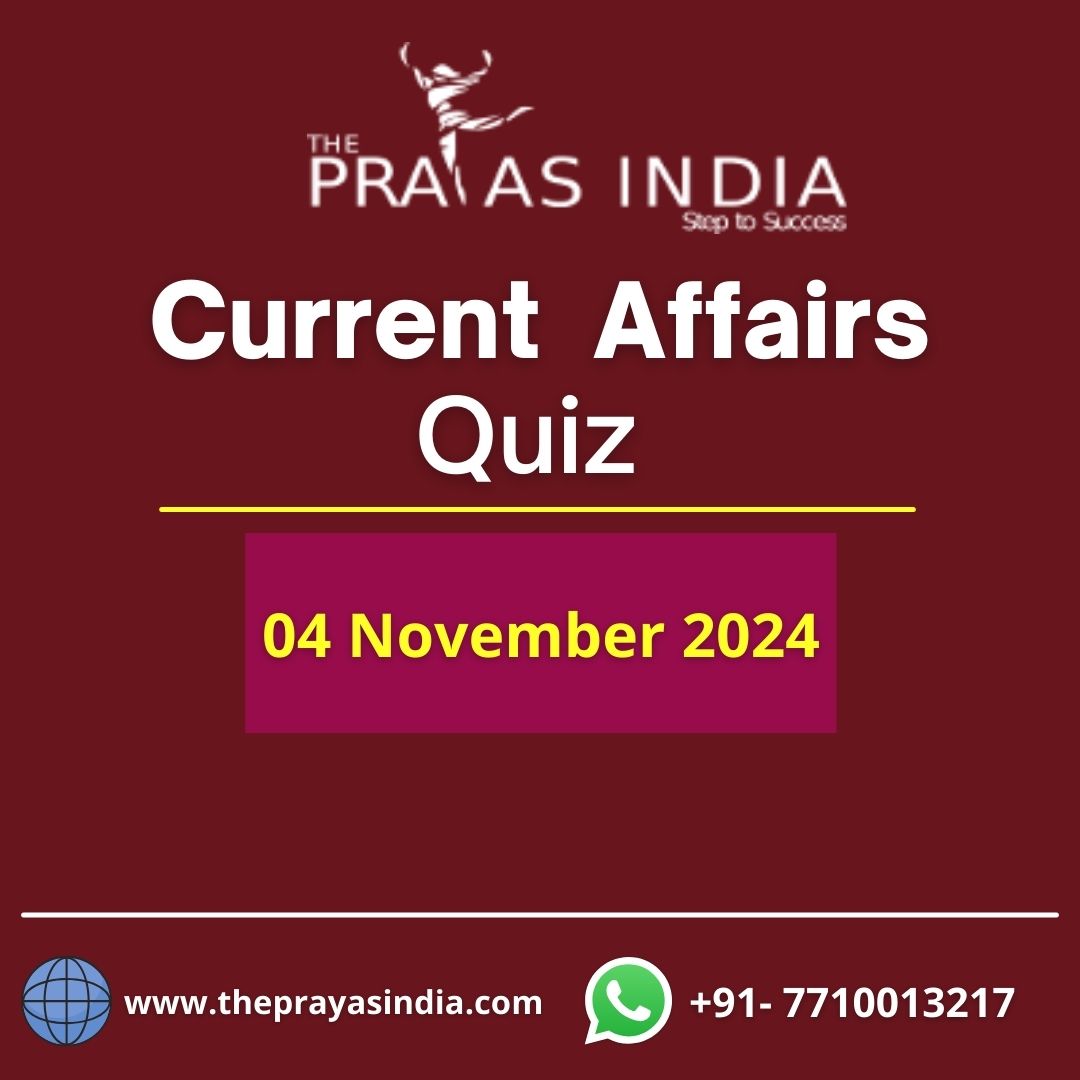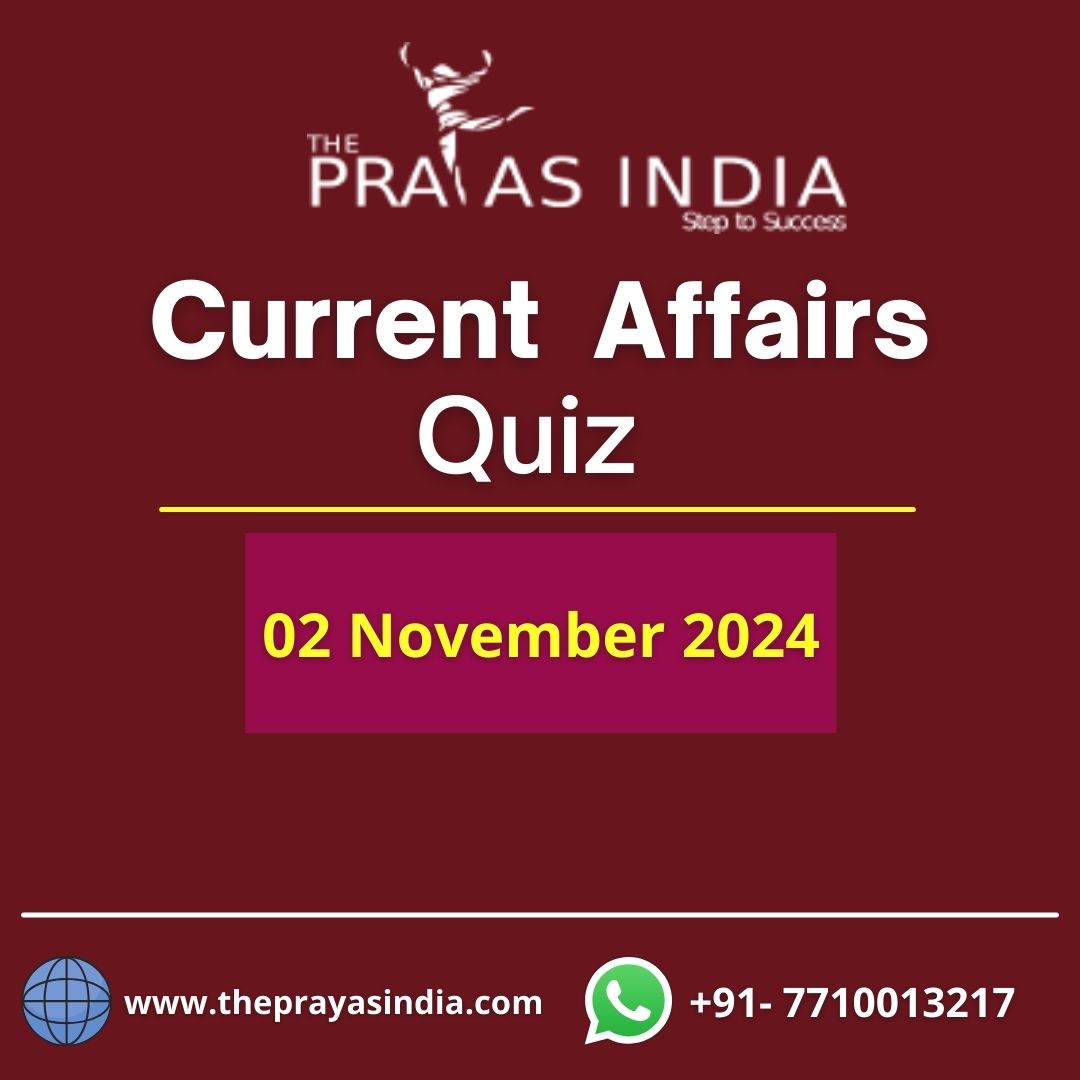Q1. World Energy Outlook report is released by the:
(a) International Renewable Energy Agency
(b) World Economic Forum
(c) International Energy Agency
(d) World Trade Organization
Ans: (c)
Explanation: IEA: World Energy Outlook 2023:
- Context: According to the International Energy Agency, India is expected to have the highest growth in energy demand over the next three decades, however, India’s industrial sector will emit 30% less CO2 by 2030, and passenger cars will emit 25% less CO2 per kilometre driven.
Q2. What are QR codes used for?
(a) Encoding audio messages for playback on mobile devices.
(b) Storing and displaying text-based information.
(c) Transmitting holographic images.
(d) Identifying the brand of clothing and fashion accessories.
Ans: (b)
Explanation:
- QR codes, which stands for Quick Response codes, are primarily used to store and display text-based information, such as website URLs, contact details, product information, or any other data that can be represented as text. Scanning a QR code with a compatible device, such as a smartphone, allows the user to access the stored information.’
Q3. With reference to Quick Response codes, consider the following statements:
- QR codes can store up to 4,296 alphanumeric characters.
- QR codes can be scanned in any direction.
- QR codes are only readable by smartphones.
- QR codes can be used to make payments.
How many of the above statements are correct?
(a) Only one
(b) Only two
(c) Only three
(d) All four
Ans: (c)
Explanation:
- QR codes are two-dimensional barcodes that can be scanned in any direction. They can store a large amount of data, including text, links, and images. QR codes are widely used in a variety of applications, including product packaging, marketing and advertising, payments, ticketing, and logistics and supply chain management.
- QR codes can be scanned by smartphones and other devices. However, it is important to note that not all devices have QR code scanning capabilities. For example, some older smartphones and tablets may not be able to scan QR codes. Additionally, some devices, such as laptops and desktop computers, may require additional software to scan QR codes.
- A QR code is capable of encoding a maximum of 2953 bytes of data, 4296 alphanumeric characters, 7089 numeric characters, or 1817 Kanji characters (character set according to JIS X 0208).
Q4. “Food Safety and Standards Authority of India”, an autonomous statutory body established under the aegis of the:
(a) Ministry of Consumer Affairs, Food and Public Distribution
(b) Ministry of Commerce and Industry
(c) Ministry of Health and Family Welfare
(d) Ministry of Science and Technology
Ans: (a)
Explanation:
- Food Safety and Standards Authority of India (est. 2008; HQ: New Delhi) is an autonomous statutory body (under the Food Safety and Standards Act, 2006) established under the Ministry of Health & Family Welfare.
Q5. Consider the following statements regarding Nano Urea:
- In comparison to Conventional Urea the uptake efficiency of Nano Urea is more than 80%.
- It is Cheaper than conventional urea.
- In the long run, Nano urea liquid reduces the emissions of nitrous oxide into soil, air and water bodies.
How many of the above statements are correct?
(a) Only one
(b) Only two
(c) All three
(d) None
Ans: (c)
Explanation:
- Union Home Minister and Minister of Cooperation inaugurated India’s 1st IFFCO’s Nano DAP (Liquid) plant in Kalol (Gandhinagar), Gujarat.
- What are Nano DAP and Nano Urea?
- Nano DAP and Nano Urea are advanced agricultural fertilizers designed to improve nutrient efficiency and reduce environmental impact. DAP liquid is an efficient source of Nitrogen and Phosphorus. They are developed using nanotechnology to enhance nutrient delivery to plants, leading to higher crop yields with less fertilizer usage.
- Nano Urea (Liquid) contains nanoscale nitrogen particles which have more surface area (10,000 times over 1 mm Urea prill) and number of particles (55,000 nitrogen particles over 1 mm Urea prill) which makes it more impactful. In comparison to Urea the uptake efficiency of Nano Urea is more than 80 %.It is thus, required in lesser measure compared to the conventional urea fertiliser to fulfil plant’s nitrogen requirement.
- It has better use efficiency than conventional urea.
- Environment friendly products can improve Soil, Air & Water quality thus, helps in addressing the concerns of Global Warming and in meeting the UN SDGs.
- Cheaper than conventional urea.




